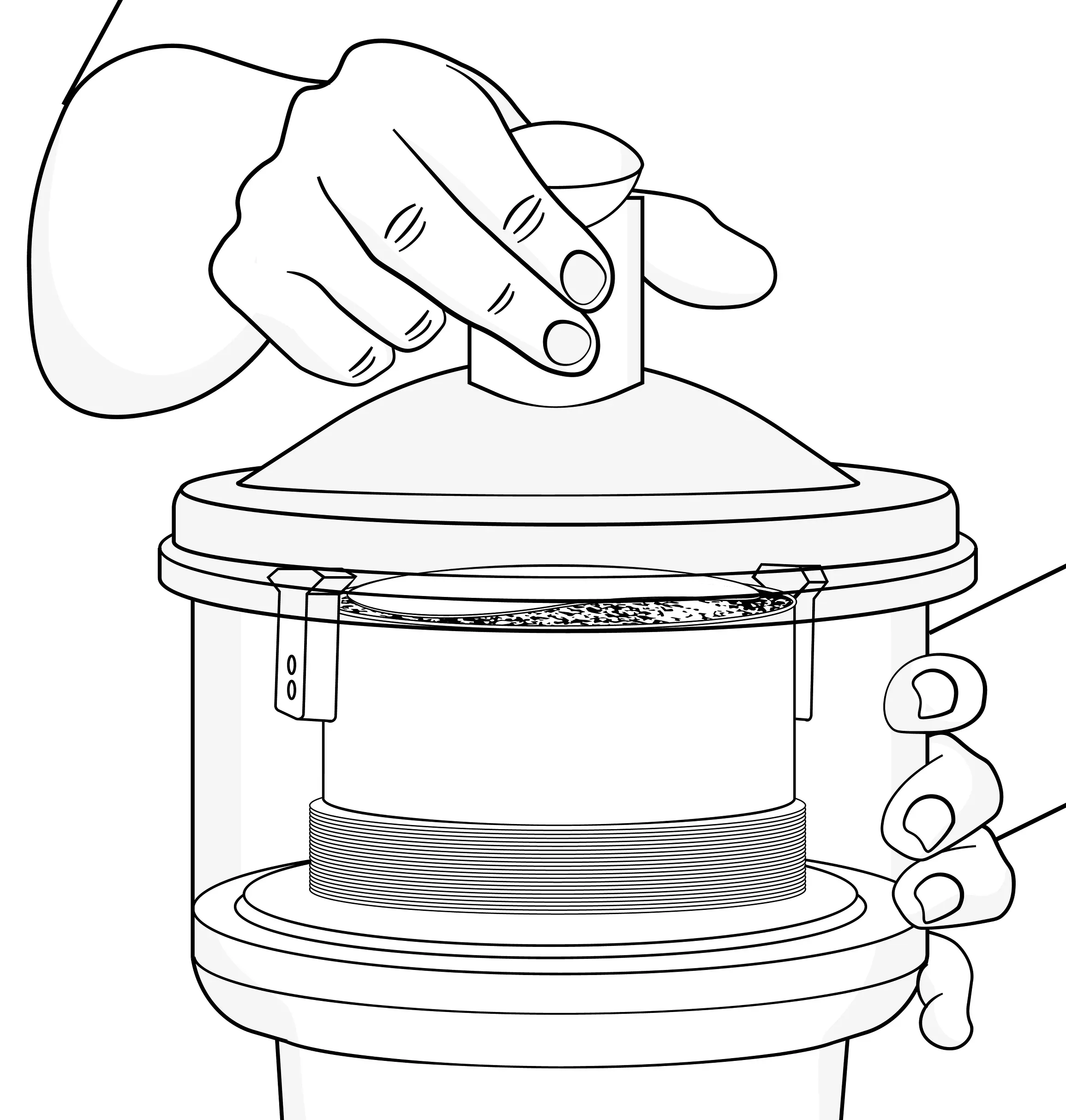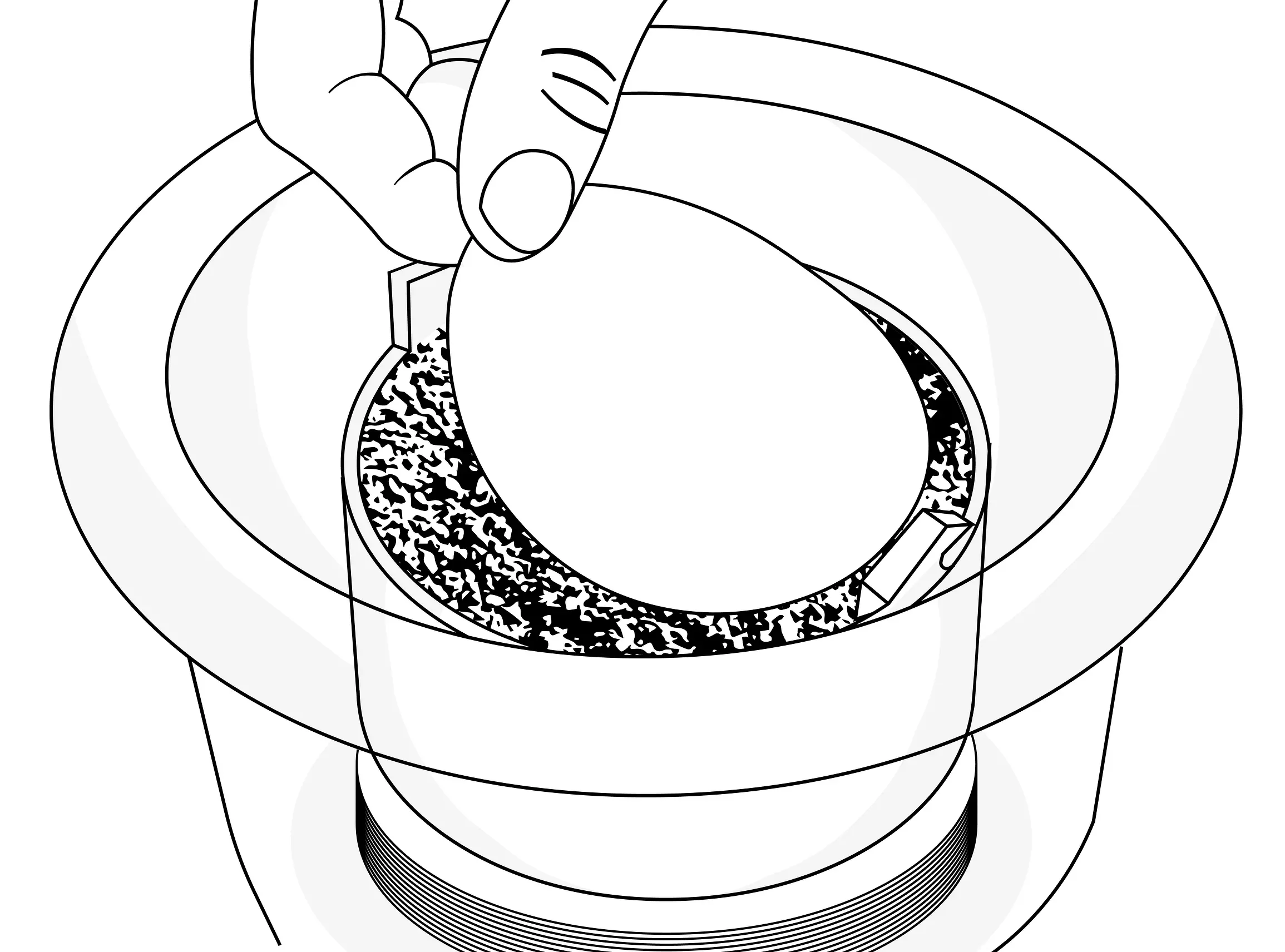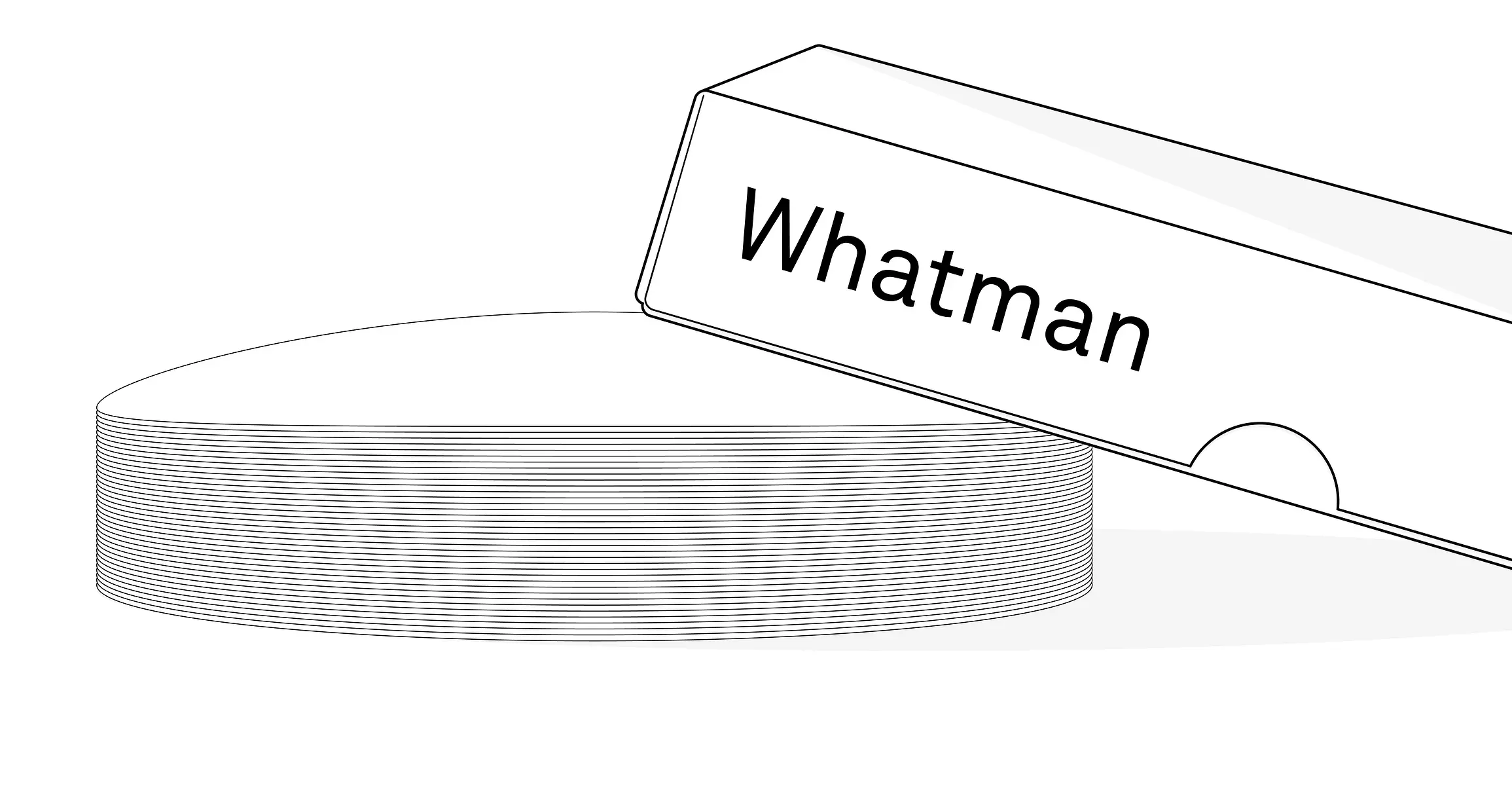Soil moisture sensing—evolved
TEROS sensors are more durable, accurate, easier and faster to install, more consistent, and linked to a powerful, intuitive near-real-time data logging and visualization system.

The filter paper method (still commonly used in geotechnical engineering) is a relatively old, indirect method used to measure soil suction (or water potential). In this video, Dr. Doug Cobos explains why the filter paper method can produce large errors in the suction measurement, and what you should use instead.
Our scientists have decades of experience helping researchers and growers measure the soil-plant-atmosphere continuum.
The filter paper method is an older method for measuring soil suction or water potential that is still commonly used in geotechnical engineering today. With this method, a piece of filter paper is sealed in an airtight container with a soil sample and they are allowed to equilibrate.

Here’s how it works. If the filter paper is in contact with the soil (Figure 2), then it will equilibrate with the matric suction of the soil. And if it is suspended above the soil, then the total soil suction equilibrates between those two. Once the filter paper has equilibrated with the soil, then the filter paper is brought out and weighed wet, dried out, and then weighed dry to get the water content.

Once you know the water content of the filter paper, you can infer the suction of that filter paper using a calibration curve. This calibration curve is essentially the moisture characteristic curve of the filter paper. Thus it is an indirect method for measuring the soil suction.
The filter paper method has both advantages and disadvantages. The following are a few attractive aspects to using the filter paper method:

Despite the positives of the filter paper method, there are large disadvantages that make using this method risky. The following problems are often overlooked:
The bottom line is that even if you have perfectly isothermal conditions, which are almost impossible to achieve in practice, you may still get a 25 to 50% error in your suction measurements with the filter paper technique. There are modern methods that are much more accurate and simpler in practice. The WP4C is a fast and easy way to get accurate soil suction measurements. It’s a proven first-principles method based on fundamental physics. It’s so accurate, it’s used to calibrate other methods. Visit our product page to learn more.
Likos, William J., and Ning Lu. “Filter paper technique for measuring total soil suction.” Transportation research record 1786, no. 1 (2002): 120-128. Article link
TEROS sensors are more durable, accurate, easier and faster to install, more consistent, and linked to a powerful, intuitive near-real-time data logging and visualization system.
Among the thousands of peer-reviewed publications using METER soil sensors, no type emerges as the favorite. Thus sensor choice should be based on your needs and application. Use these considerations to help identify the perfect sensor for your research.
Soil moisture release curves are powerful tools used to predict plant water uptake, deep drainage, runoff, and more.

Receive the latest content on a regular basis.